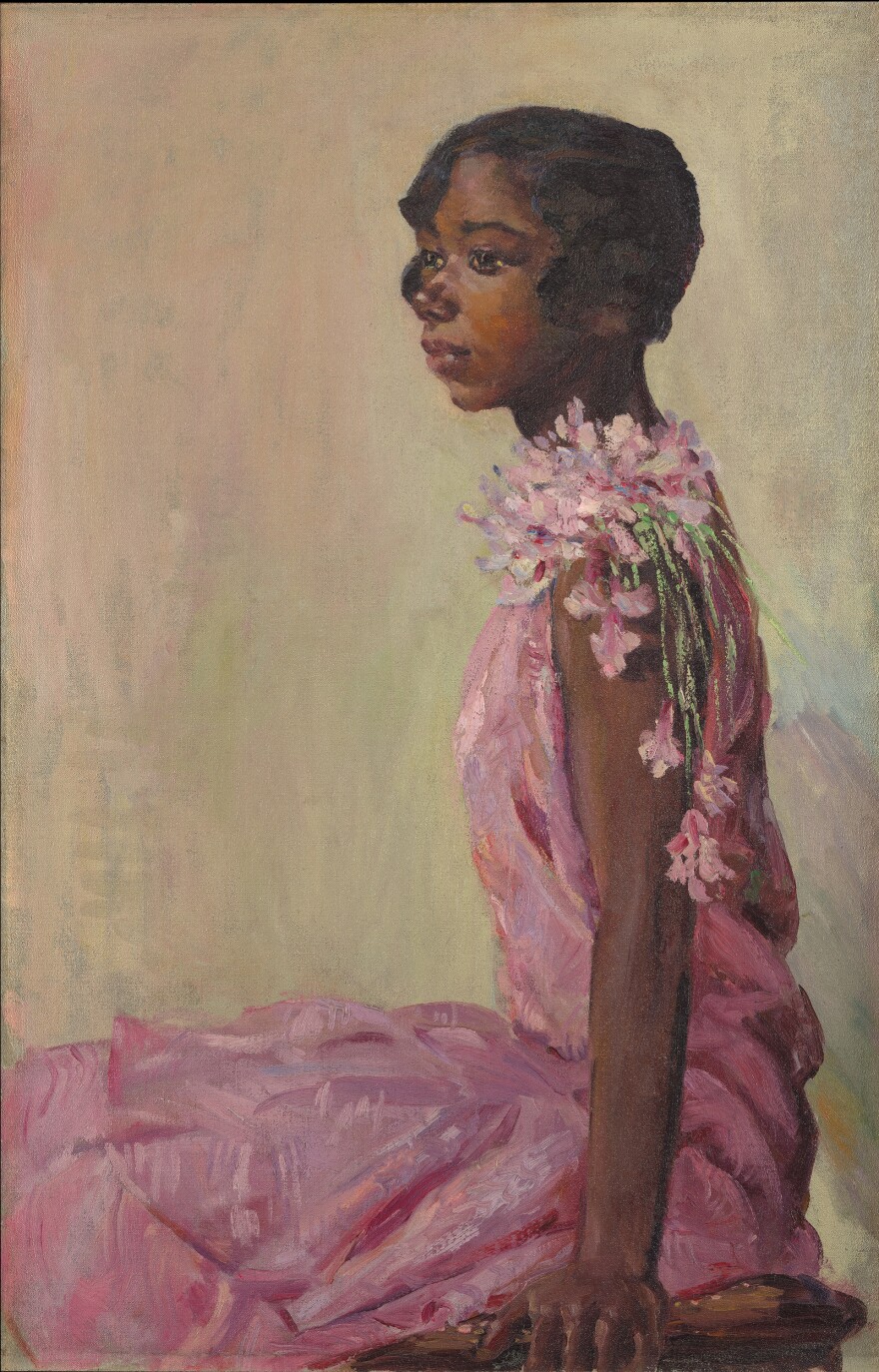In March of 1924, more than 100 Black and white attendees were at a dinner party in downtown Manhattan. The party was organized by prominent thinkers Charles S. Johnson and Alain Locke and included people like W.E.B. DuBois. Their goal was to bring together Harlem’s young Black writers with white publishers to help the writers’ work find a national audience. The party was a success. So much so that it’s often considered the start of the period known as the Harlem Renaissance.

The Harlem Renaissance saw a boom in the popularity of Black writers, just as the party’s organizers hoped. Writers like Langston Hughes and Zora Neale Hurston might get the most attention, but the period was not just about writing— music and visual arts also flourished.
This hour, we’re exploring the legacy of the Harlem Renaissance in honor of its 100th anniversary. UConn professor Erika Williams joins us to explain what the Harlem Renaissance was and to help us understand how people thought about queerness during the Harlem Renaissance.
We’ll also hear from Denise Murrell who curated a recent exhibition at the Metropolitan Museum of Art called "The Harlem Renaissance and Transatlantic Modernism." She says exhibits like this one can help expand the museum-going public.
GUESTS:
- Erika Williams: Associate Professor of English and Africana Studies at the University of Connecticut.
- Denise Murrell: Merryl H. & James S. Tisch Curator at Large at the Metropolitan Museum of Art. She recently curated an exhibit called "The Harlem Renaissance and Transatlantic Modernism," which was on view at the Metropolitan Museum of Art earlier this year.
- Brandon Hutchinson: Associate Professor of English, Affiliate Faculty of Women and Gender Studies and Co-Coordinator of the Africana Studies Program at Southern Connecticut State University.
- Jonah Craggett: one of Brandon Hutchinson's former students
- John Guillemette: one of Brandon Hutchinson's former students
- Frankie Devevo: one of Erika Williams' former students and former CT Public intern
To learn more about Zora Neale Hurston, you can listen to our interview with Tracy Heather Strain.
Former CT Public intern Frankie Devevo helped produce this episode.
Disrupted is available as a podcast on Apple Podcasts, Amazon Music, Spotify, TuneIn, Listen Notes, or wherever you get your podcasts. Subscribe and never miss an episode.











